Photo Gallery for Agriphila ruricolellus - Lesser Vagabond Sod Webworm | 33 photos are available. Only the most recent 30 are shown.
|
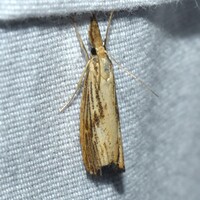 | Recorded by: David George, Stephen Dunn, Jeff Niznik on 2023-10-06
Orange Co.
Comment: |  | Recorded by: Jim Petranka on 2023-09-30
Madison Co.
Comment: |
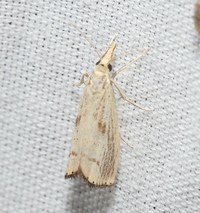 | Recorded by: David George, Richard Teper on 2023-09-25
Caswell Co.
Comment: | 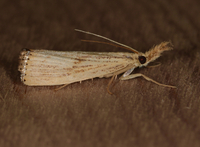 | Recorded by: Jim Petranka and Becky Elkin on 2023-09-25
Madison Co.
Comment: |
 | Recorded by: Jim Petranka on 2023-09-24
Madison Co.
Comment: | 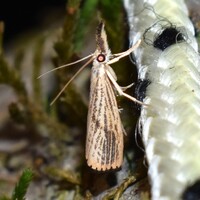 | Recorded by: David George, Jeff Niznik on 2023-09-20
Durham Co.
Comment: |
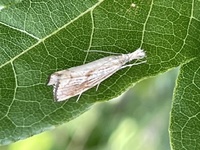 | Recorded by: Morgan Freese on 2023-09-18
Buncombe Co.
Comment: | 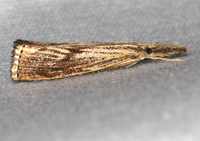 | Recorded by: Jim Petranka, Bo Sullivan and Becky Elkin on 2023-09-15
Macon Co.
Comment: |
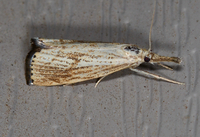 | Recorded by: Jim Petranka, Bo Sullivan and Becky Elkin on 2023-09-14
Macon Co.
Comment: | 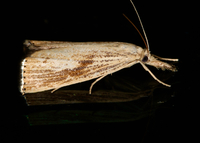 | Recorded by: Jim Petranka on 2023-09-11
Madison Co.
Comment: |
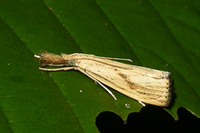 | Recorded by: Owen McConnell on 2022-09-08
Graham Co.
Comment: | 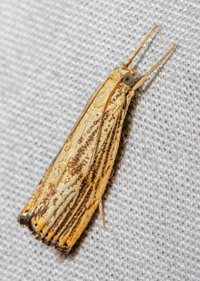 | Recorded by: Stephen Hall, Ed Corey, Jim Petranka, Becky Elkin, Tom Howard, Carol Tingley, Brian Bockhahn, and Van Cotter on 2021-09-30
Durham Co.
Comment: |
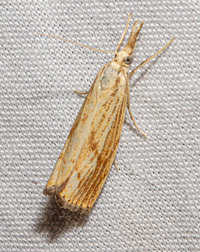 | Recorded by: Stephen Hall on 2021-09-14
Ashe Co.
Comment: |  | Recorded by: Jim Petranka on 2021-09-13
Madison Co.
Comment: |
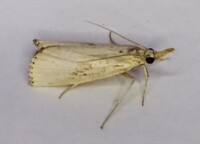 | Recorded by: Gary Maness on 2020-10-08
Guilford Co.
Comment: |  | Recorded by: Gary Maness on 2020-10-08
Guilford Co.
Comment: |
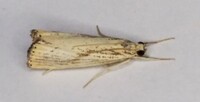 | Recorded by: Gary Maness on 2020-10-08
Guilford Co.
Comment: | 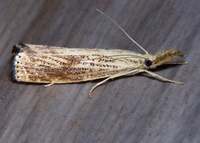 | Recorded by: Jim Petranka and Becky Elkin on 2020-09-26
Madison Co.
Comment: |
 | Recorded by: Jim Petranka and Becky Elkin on 2020-09-13
Madison Co.
Comment: |  | Recorded by: Gary Maness on 2019-10-01
Guilford Co.
Comment: |
 | Recorded by: Gary Maness on 2019-09-25
Guilford Co.
Comment: | 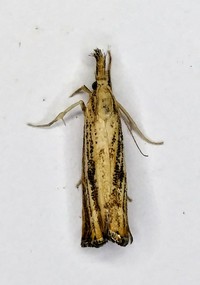 | Recorded by: Gary Maness on 2019-09-25
Guilford Co.
Comment: |
 | Recorded by: Jim Petranka and Becky Elkin on 2019-09-22
Madison Co.
Comment: |  | Recorded by: Jim Petranka and Becky Elkin on 2019-09-09
Madison Co.
Comment: |
 | Recorded by: Jim Petranka and Becky Elkin on 2018-09-16
Madison Co.
Comment: TL = 10 mm | 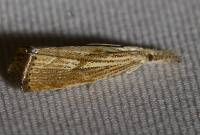 | Recorded by: Jim Petranka and Becky Elkin on 2018-09-16
Madison Co.
Comment: TL = 18 mm (much larger than A. ruricolellus). |
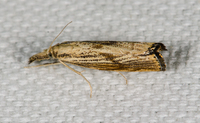 | Recorded by: David L. Heavner on 2018-09-10
Buncombe Co.
Comment: | 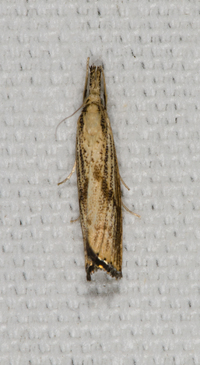 | Recorded by: David L. Heavner on 2018-09-10
Buncombe Co.
Comment: |
 | Recorded by: Vin Stanton on 2018-09-08
Buncombe Co.
Comment: | 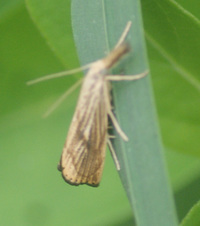 | Recorded by: Vin Stanton on 2018-09-08
Buncombe Co.
Comment: |
|